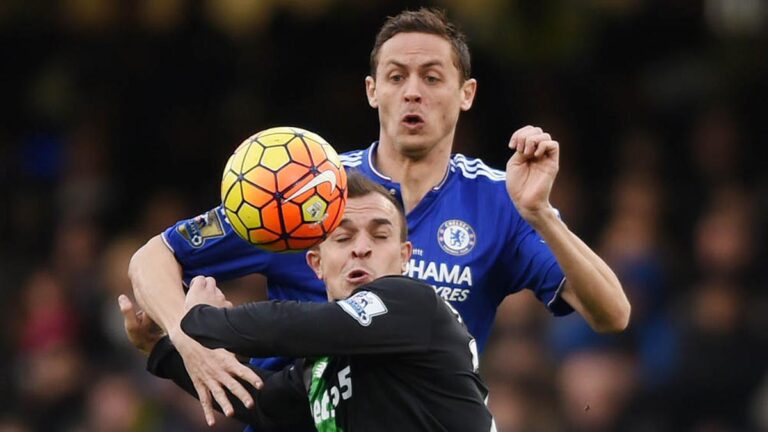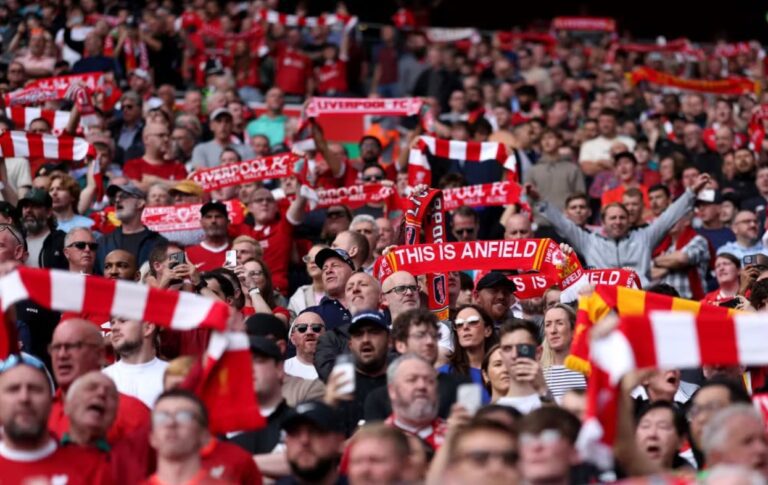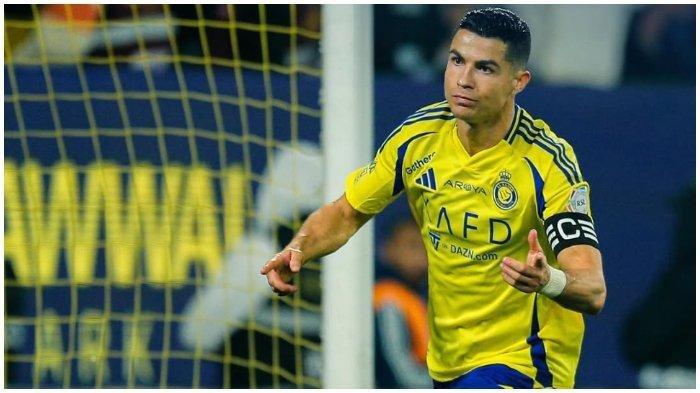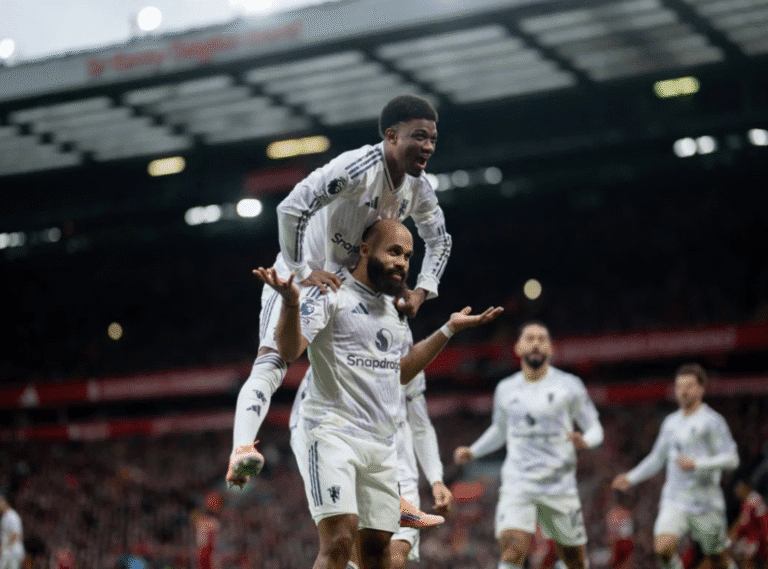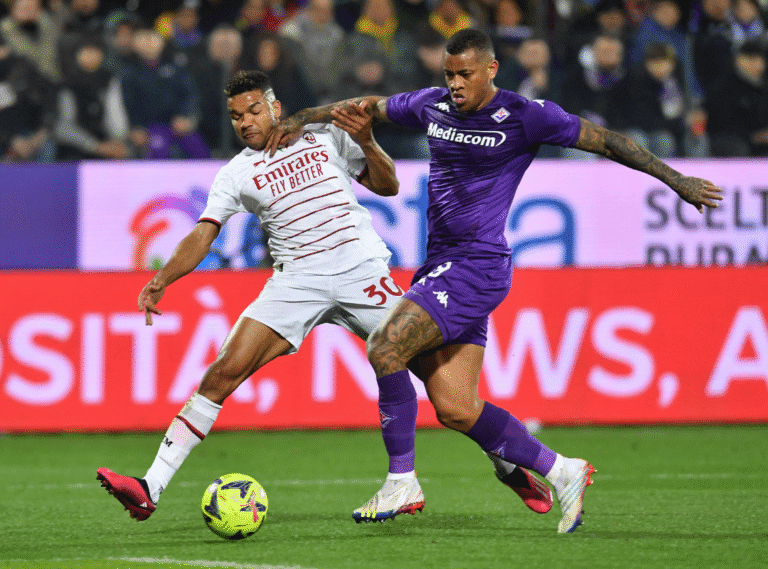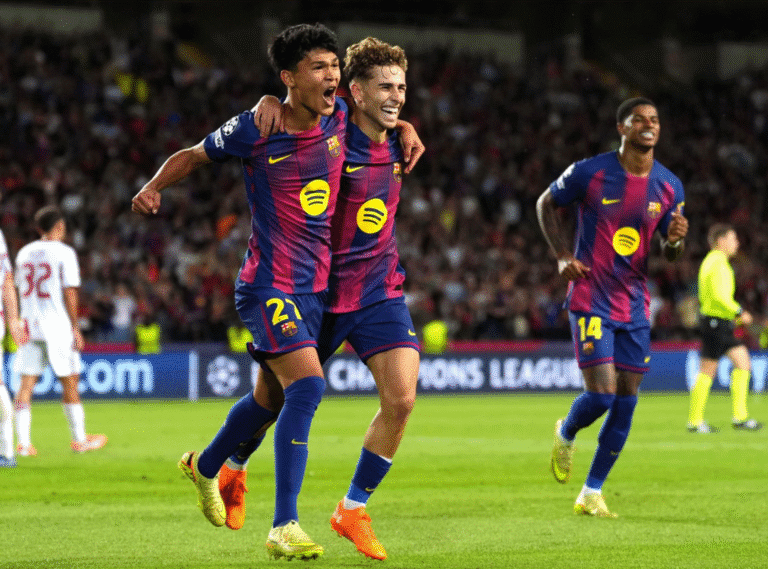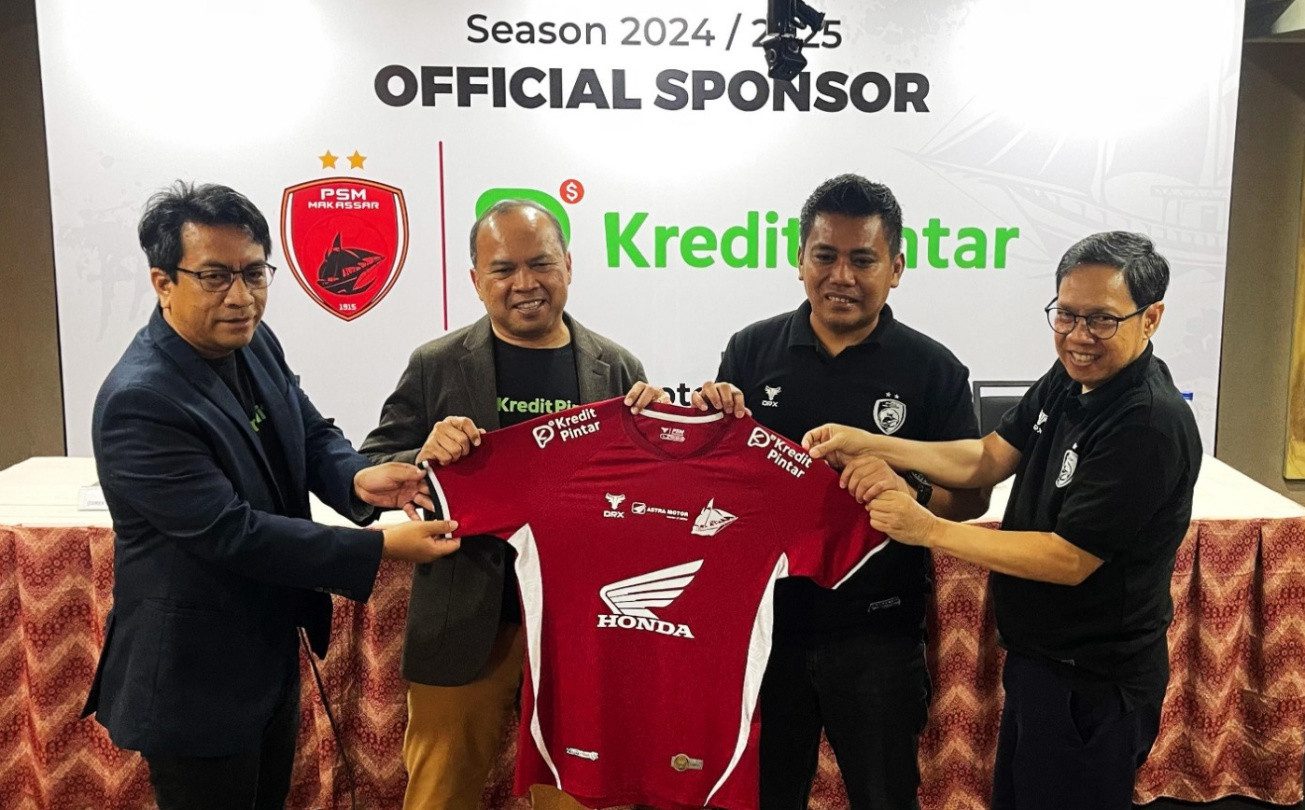
SBOBET – Football clubs thrive on passion, skill, and dedication. However, financial backing is essential. A key aspect of funding is partnerships. These relationships involve businesses providing funds. In return, they gain exposure via the club’s reach.
Understanding sponsorships is crucial. They’re not just about sticking a logo on a jersey. It’s a complex ecosystem benefiting both the club and the brand. These deals fuel player acquisitions, stadium upgrades and community programs. They also give the sponsor brand recognition.
The Importance of Sponsorships in Football
Modern football depends heavily on sponsorships. Clubs need substantial revenue to compete. Ticket sales and merchandise alone are insufficient. Sponsorships bridge the financial gap. They allow teams to secure top talent. They also contribute to infrastructure investment.
The benefits extend beyond the financial realm. Aligning with a successful club enhances a brand’s image. It associates them with values like teamwork. It connects them with the passion of the fans. This creates powerful brand loyalty. This is a very effective strategy.
Without sponsorships, many clubs would struggle. They would be unable to maintain their current level. This impacts performance and fan engagement. Sponsorships provide stability and enable growth. They allow clubs to plan for the future confidently. They can focus on winning.
Read More: Pemain Sepak Bola dengan Rekor Gol di Usia Tua
Types of Football Club Sponsorships
Main Jersey Sponsorship
This is the most prominent type of partnership. The sponsor’s logo is displayed on the front of the jersey. This offers massive visibility. It’s seen by millions watching games. It also reaches fans purchasing merchandise. This provides incredible brand awareness.
These partnerships are usually the most lucrative. They command the highest fees. The sponsor becomes synonymous with the team. Think of iconic partnerships throughout football history. It is one of the first things that comes to mind.
Choosing the right partner is vital. Their values should align with the club’s. A successful partnership benefits both parties. It solidifies their reputations. It also contributes to financial success.
Stadium Sponsorship
Naming rights to the stadium are highly valuable. The sponsor’s name becomes associated with the stadium. This offers long-term brand recognition. Fans and media constantly refer to the stadium name. This is a powerful marketing tool.
These deals often involve significant investment. The sponsor gains exposure on a large scale. Signage within and around the stadium is included. This extends brand visibility to those attending events. It reinforces brand identity.
Stadium sponsorships are a long-term commitment. They demonstrate a deep investment in the club. They can also contribute to stadium improvements. This benefits both the club and the sponsor. It is a good relationship.
Kit and Equipment Sponsorships
Sponsors can also have their logos displayed on training kits. Logos can also be displayed on equipment. These partnerships offer exposure during training sessions. This expands reach beyond match days. This creates a more persistent marketing message.
These partnerships are often more affordable. They can be attractive to smaller brands. They provide a way to associate with the club. They also gain visibility within a specific niche. The brand can become more well-known.
These deals may include providing equipment. This helps the club and supports the team. It demonstrates a commitment to the club’s success. It contributes to a positive brand image. This is a winning situation.
Other Forms of Sponsorship
There are various other opportunities for brands. These include sponsoring specific players. They can also sponsor events hosted by the club. These provide targeted exposure. They allow brands to reach specific demographics.
Digital partnerships are growing in popularity. Sponsors can have their logos on the club’s website. Logos can also be on social media. These offer exposure to a global online audience. It can reach millions of people quickly.
Community programs offer unique partnership potential. Sponsors can support youth development initiatives. They can also support charitable work. This showcases social responsibility. It enhances the brand’s reputation. This helps the community.
Read More: Sejarah Klub dengan Transfer Terburuk Sepanjang Masa
The Benefits of Sponsorships for Clubs
Financial stability is the biggest advantage. Sponsors provide crucial funding for operations. This includes player salaries, training facilities, and youth programs. It’s how clubs continue to function.
Sponsorships enhance the club’s brand image. Aligning with reputable brands improves perception. This attracts better players and staff. It can also bring in more fans. The club becomes more attractive.
Investment in infrastructure is possible. Sponsors contribute to stadium upgrades. They also contribute to training ground improvements. This enhances the player experience. It attracts and retains top talent.
The Benefits of Kerjasama Sponsor for Brands
Increased brand awareness is a major benefit. The logo jersey displays and stadium signage are valuable. They reach a massive audience of football fans. This expands brand recognition globally.
Enhanced brand image results from association. Aligning with a popular club creates positive associations. It connects the brand to the club’s values. This strengthens consumer loyalty. It also raises brand perception.
Access to a passionate fan base is valuable. Football fans are incredibly loyal. Sponsorships provide direct access to this audience. This can drive sales. It can also enhance customer engagement. The brand reaches a very captive audience.
Navigating the World of Sponsor Klub Sepak Bola
Due Diligence and Alignment
Thorough research is vital before committing. Clubs must assess a potential sponsor’s reputation. Brands need to evaluate the club’s values. Alignment is key for a successful partnership. Make sure it is a good fit for both.
Consider the target audience. Ensure the sponsor’s products or services appeal. They should appeal to the club’s fan base. This maximizes the impact of the sponsorship. It ensures relevance. This can drive engagement.
Negotiate clear terms and conditions. Define expectations regarding logo jersey placement. Also define the scope of promotional activities. This ensures transparency. It also avoids future disputes. This will protect both parties.
Measuring ROI and Impact
Establishing metrics is essential for ROI evaluation. Track brand awareness through surveys. Monitor website traffic and social media engagement. This allows for a detailed insight into the partnership.
Analyze sales data to determine impact. Measure the increase in product sales. Compare pre-sponsorship figures to post-sponsorship figures. This helps quantify the partnership’s financial benefits. It is a clear indication of success.
Regularly review the partnership’s performance. Make adjustments as needed to optimize results. This maximizes the value of the sponsorship. This ensures long-term success. It allows for improvement.
The Future of Football Club Sponsorships
Emerging technologies are transforming sponsorships. Digital advertising and fan engagement are growing. Virtual reality and augmented reality experiences are evolving. This creates new opportunities for brands. It offers more modern avenues.
Data analytics is playing a bigger role. Clubs can now provide detailed fan insights. Brands can target specific demographics. They can also tailor marketing campaigns. This makes sponsorships more effective. It has made it even easier to market.
Sustainability is becoming increasingly important. Brands are seeking partnerships that align. Partnerships should also align with their environmental values. This demonstrates social responsibility. This enhances brand reputation even further.
Conclusion
In conclusion, partnerships are vital for the modern football landscape. These arrangements provide financial support. They also enhance brand awareness. They benefit both the clubs and their commercial partners.
Understanding the different types of opportunities is crucial. Clubs and sponsors must conduct due diligence. Measuring the impact ensures a successful relationship. This is the key to a long-lasting agreement.
The future of partnerships is evolving. Technologies and data analytics are changing the game. Sustainability is becoming a key consideration. Staying ahead of these trends is essential. Clubs will continue to survive.

